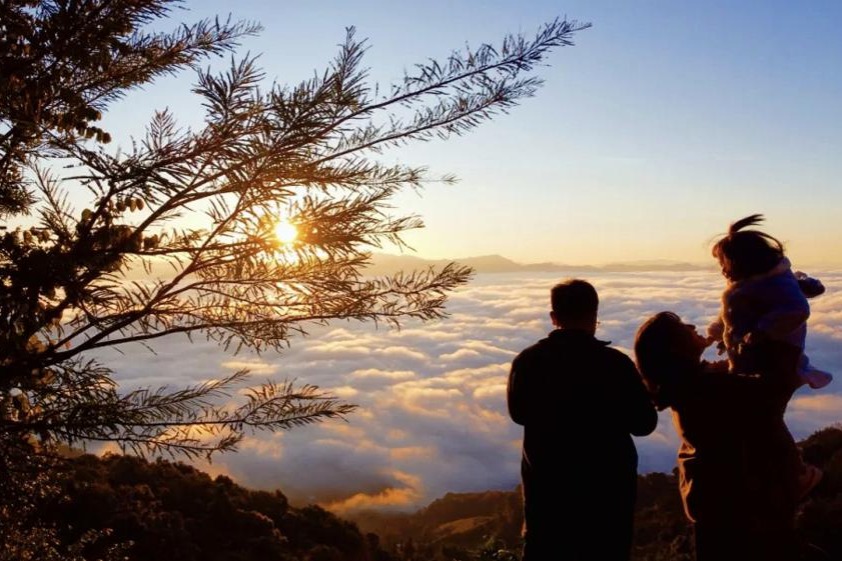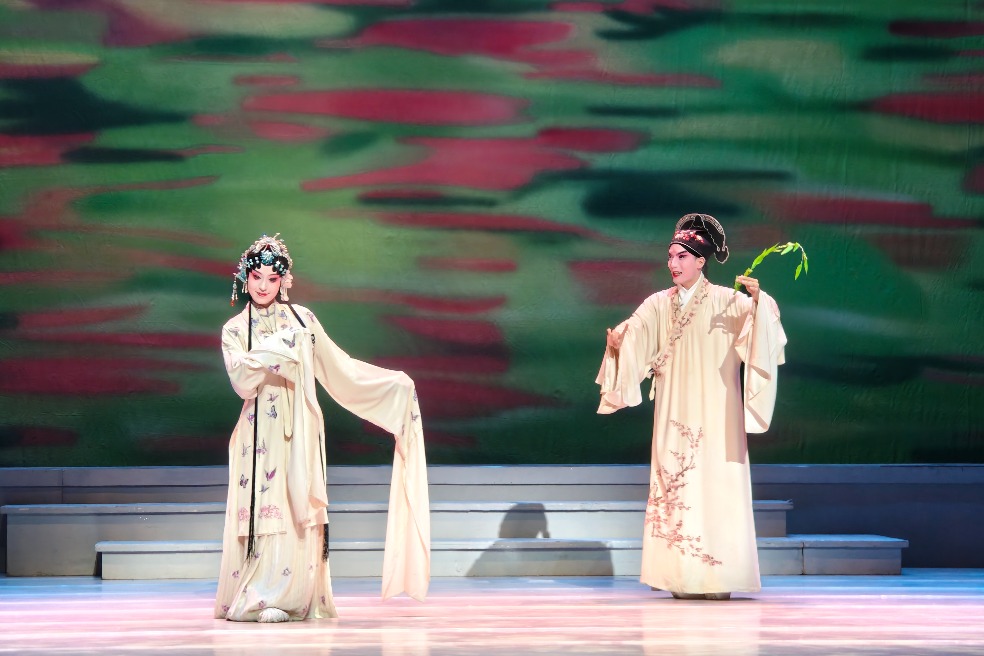Villagers inspired to embrace heritage as number of visitors grows


A rise in tourism to rural areas has acted as a catalyst for more rural residents, especially those from non-Han ethnic groups, to embrace their cultural heritage and actively promote their traditional handicrafts, songs and dances, and no place can this be seen more vividly than in the southwestern province of Yunnan.
The province, which shares borders with Vietnam, Laos and Myanmar, is ethnically diverse with no less than 25 ethnic minority groups among its population, each with its own distinct customs, culture and folklore.
The increased interest in cultural tourism is a win-win situation for Na Mu and cultural inheritors of the Va ethnic group from Yong'e village in Pu'er.
"While the visitors enjoy the performances put on by the villagers in the village square, our rich cultural heritage grows evermore alive and can be more effectively preserved," he said.
Yan Xiangtai, Na's father, is an expert on Va performances and instruments such as the wooden drum, and he's found himself busier in recent years as the village began to focus on developing tourism.
"The villagers all want me to teach them more songs and dances so they can make it on the village's performance group," Yan said. "What makes me happier is that the children in the village have also shown great interest in traditional cultural activities."
After each performance, the villagers teach the tourists dance moves and ask them to join in. "If they didn't visit Yong'e, they're unlikely to have the chance to learn about the Va culture, which is an important part of the Chinese culture. Meanwhile, the villagers are proud to see that the Va culture is appreciated by people around China," Na said.
The ethnic Lahu people in the village of Laodabao in Pu'er have long cherished singing and dancing purely as a form of entertainment. Almost all the villagers can play guitar, which was first introduced to them by foreign missionaries.
As a child, Li Naluo, now 40, learned to play the guitar and occasionally traveled outside the village with her father to perform. After growing numbers of tourists began visiting the village and loved the performances of the traditional Lahu chorus and dances, Li established a performing arts company in 2013 to engage more than 200 villagers of different ages.
"Cultural tourism renewed the villagers' interest in centuries-old music and handicrafts. Meanwhile, by sharing videos of our performances on social media, the tourists have helped to promote the Lahu culture," she said.
Li is on a mission to train more singers of Mupamipa, the Lahu epic of creation that has only been passed down orally.
Li trekked across mountains to find one of the few elderly singers who could chant the entire Mupamipa. After learning the masterwork, she then started to teach other villagers how to reproduce the epic in chorus and group dances.
"We all have a stronger sense of responsibility to preserve our traditions," Li said.
- China carries out key test on a new type of reusable carrier rocket
- PLA unit conducts nighttime drill simulating terrorist elimination
- China's light sports aircraft gains core independence with homegrown engine and avionics
- Record number of black-necked cranes arrive at Guizhou's nature reserve
- New morning and evening peak-hour trains to run between Beijing and Xiong'an
- College student rediscovers figure skating passion



































